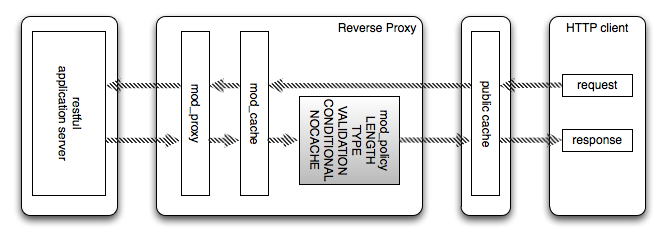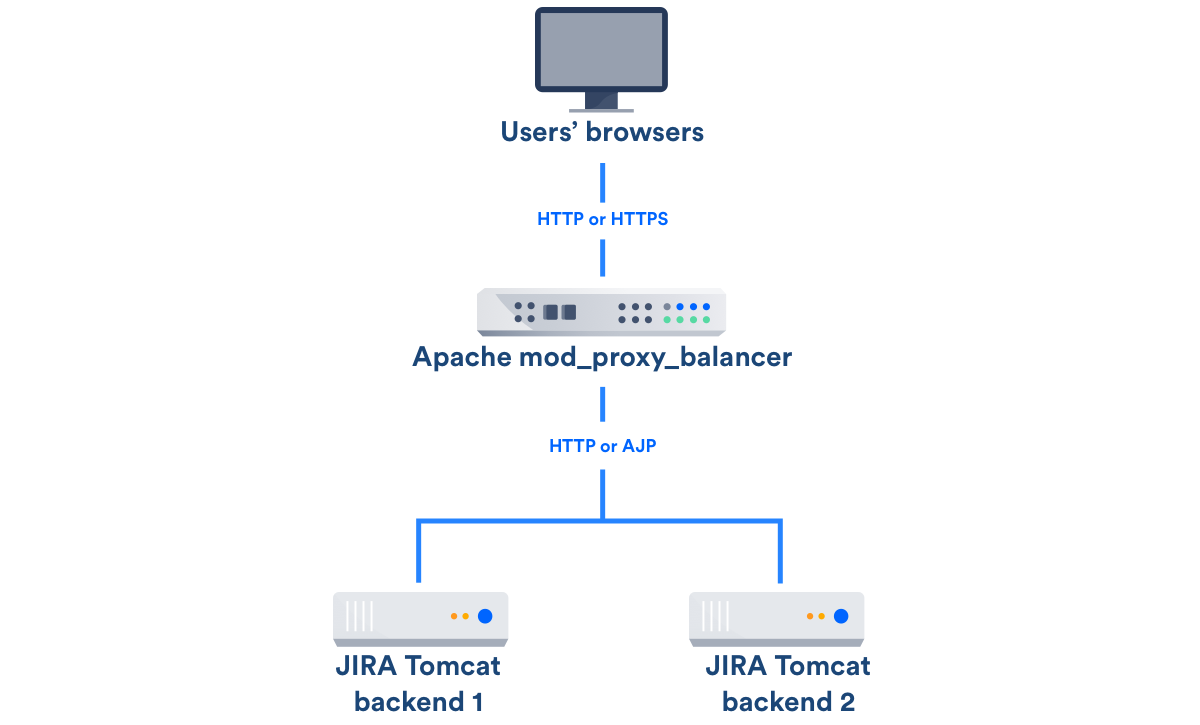Apache HTTP Server
Apache HTTP server
The Apache HTTP Server, an open-source web server developed by the Apache Software Foundation. The Apache server is used to host web content. It responds to requests for content from web browsers, such as Internet Explorer and Firefox.
- Apache HTTP is a web server software developed by the Apache Software Foundation. It is an open-source and free app that powers around 46% websites across the globe. When you need a reliable virtual delivery man for your website, this software is for you.
- The Apache HTTP Server is one of the most widely used web server softwares available. A web server is the software that powers a website. It is an open-source software that can be run on a large number of different operating systems, including Windows. This article will teach you how to install the Apache web server on your Windows PC.
- Essentials¶ Documentation¶ Subprojects¶ Miscellaneous¶ Use the links below to download the Apache HTTP Server from one of our mirrors. You must verify the.
Apache Http Server Pdf
The Apache HTTP Server Project.
Installing Apache
To configure your system as a web server, begin by installing the httpd software package.

Use the systemctl utility to enable the HTTP daemon to start at boot time and also to start the daemon immediately.
Configuration files
The main configuration file for Apache is /etc/httpd/conf/httpd.conf. An auxiliary directory, /etc/httpd/conf.d, also exists to store configuration files that are included in the main configuration file. Configuration files that load modules are in the /etc/httpd/conf.modules.d directory.
New apachectl subcommands in CentOS / RHEL 7

A new apachectl sub-commands are available in CentOS / RHEL 7. The following example uses the configtest subcommand to check the configuration for possible errors.

Use the graceful subcommand to reload the configuration without affecting active requests.
Apache Http Server Eol
Configuring Apache
The main configuration file for Apache is /etc/httpd/conf/httpd.conf. Apache runs as installed, but you can modify configuration directives in this file to customize Apache for your environment. Some of these directives are described in the post below.
Testing Apache HTTP server
You can confirm that Apache is working by pointing a browser on the local system to http://localhost as shown in the picture below. You can also point a browser to http:// followed by the IP Public address of the server or the ServerName directive that you specified in the configuration file. The test page shown below confirms the functioning Apache HTTP server.
To test the display of actual content, create an HTML file named index.html in the directory specified by the DocumentRoot directive (the default directory is /var/www/html). Apache automatically displays the index.html file in this directory, if it exists.
Apache Containers
Apache Http Server Installation
Apache containers are special configuration directives that group other directives. The containers use XML-style tags, meaning that the beginning of a container is <name> and the end is </name>. An index of all the container directives is available at http://httpd.apache.org/docs/current/sections.html. Refer the post below to get the most commonly used apache containers.
Apache Virtual Hosts
Apache Http Server Tutorial
Apache supports virtual hosts, meaning that a single Apache server can respond to requests directed to multiple IP addresses or host names. Each virtual host can provide content and be configured differently.
You can configure virtual hosts in two ways:
1. IP-based Virtual Hosts (host-by-IP)
2. Name-based Virtual Hosts (host-by-name)
host-by-IP
With host-by-IP, each virtual host has its own IP address and port combination. The Apache web server responds to the IP address that the host resolves as. Host-by-IP is required for serving HTTPS requests due to restrictions in the Secure Sockets Layer (SSL) protocol.

host-by-name
With host-by-name, all virtual hosts share the common IP address. Apache responds to the request by mapping the host name in the request to ServerName and ServerAlias directives in the particular virtual host’s configuration file.
Use the <VirtualHost host-name> container to implement virtual hosts. After the first VirtualHost is defined, all of the content served by Apache must also be moved into virtual hosts.
Apache Http Server Iso
The following example is a simple name-based virtual hosts configuration:
